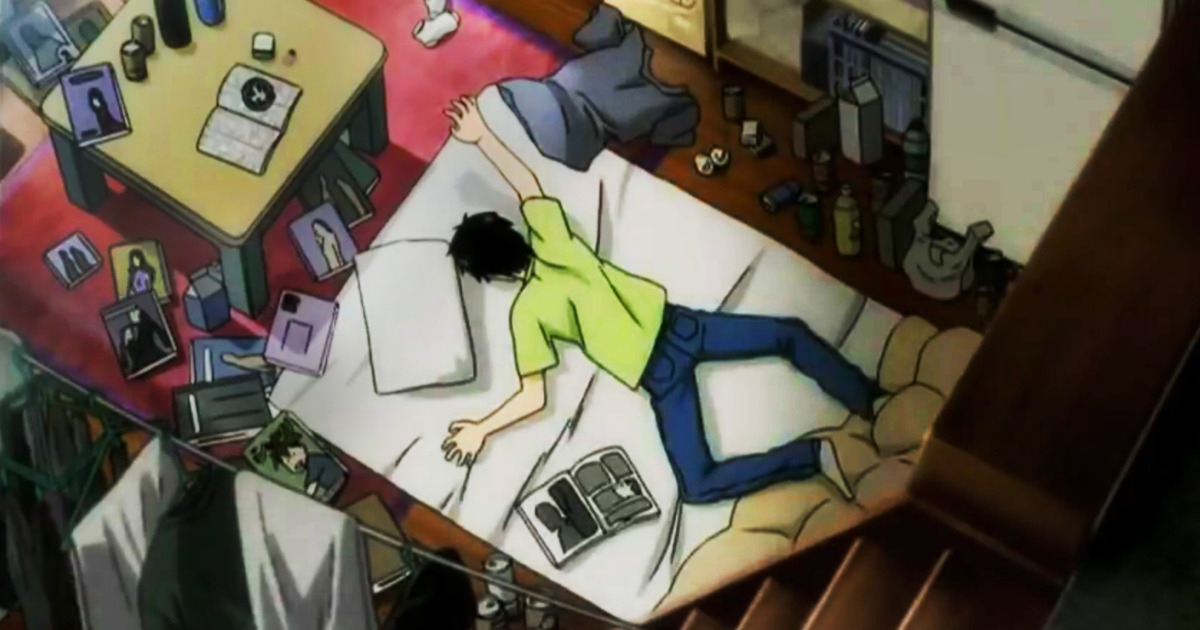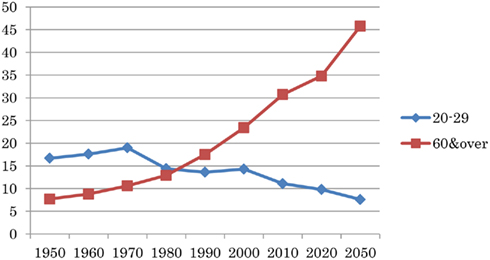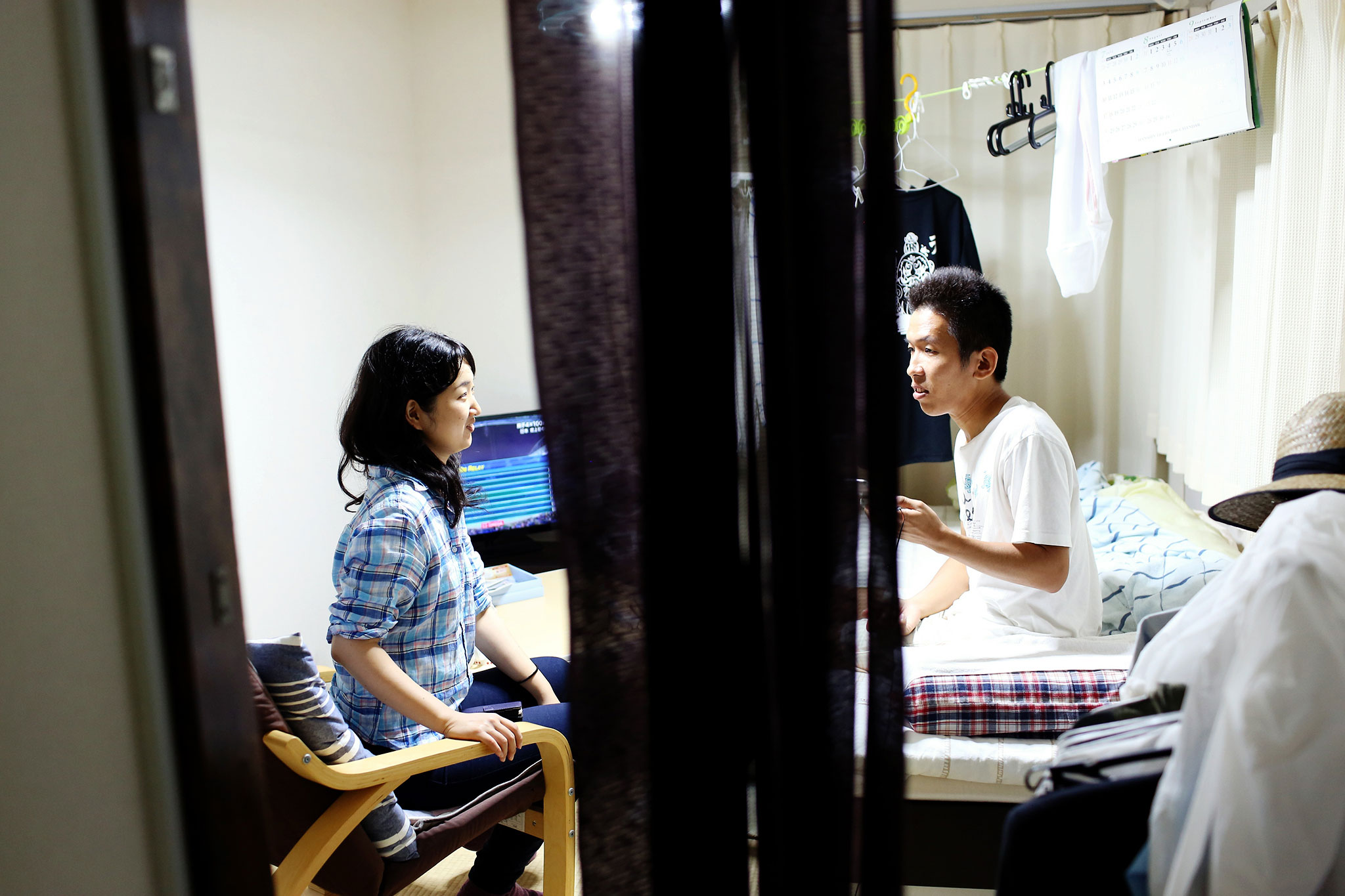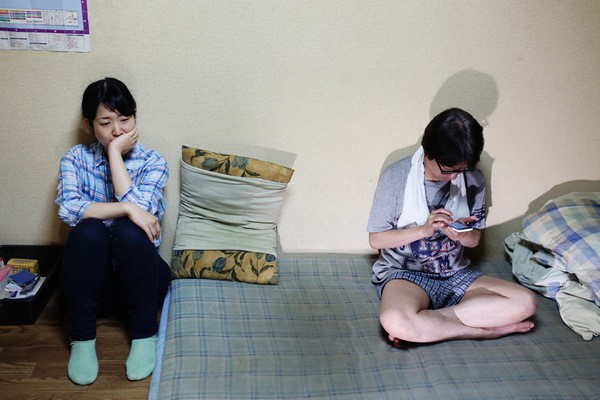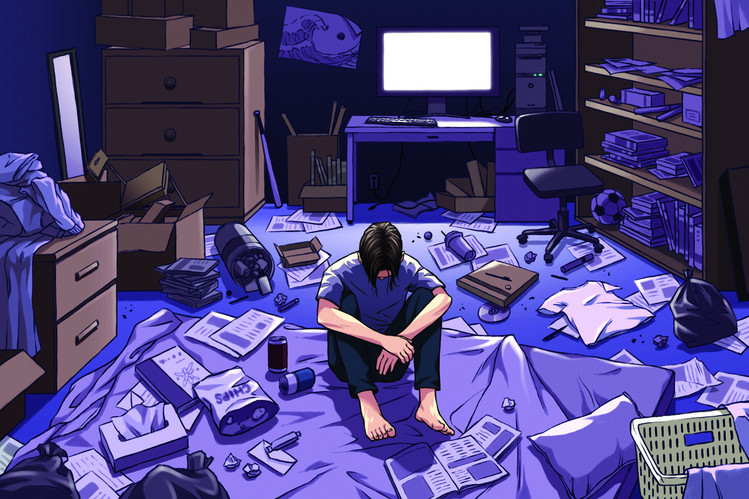
What does it look like to be socially withdrawn?
For some people, it may just mean being introverted, being shy or socially awkward. For others, it may even mean being more of an "indoor" person, not having any reason to leave the comforts of their homes.
In Japan, this condition of social withdrawal is quite severe in terms of number and intensity that they even have a term for it - "hikikomori", or acute social withdrawal. This can also refer to the people affected by the condition itself, people who stay within the confines of their homes, hardly seeing the light of day as they live most of their life indoors. Dubbed as the "missing million", as of 2010, 700,000 individuals are in a state of hikikomori, with roughly 1.6 million people on the verge of becoming shut-ins.

